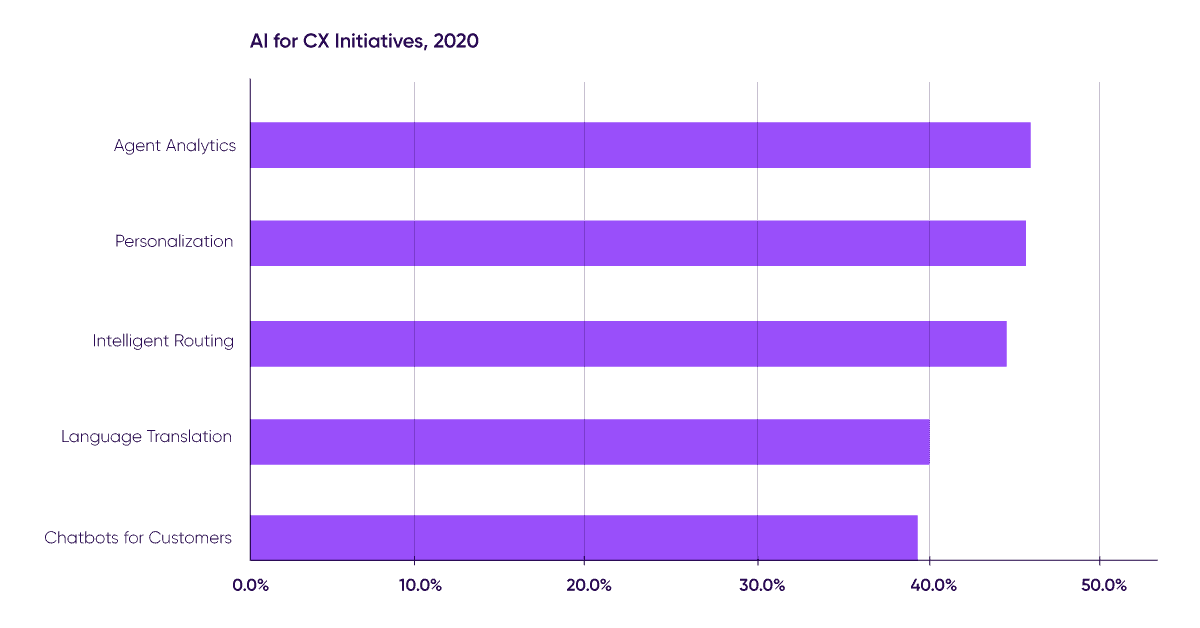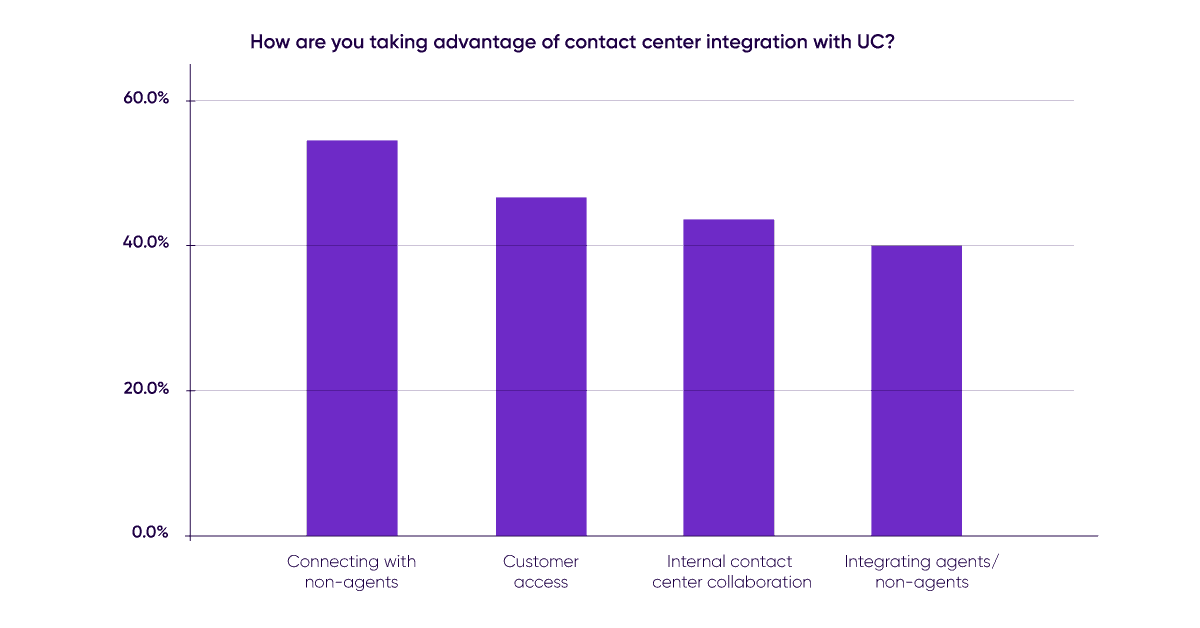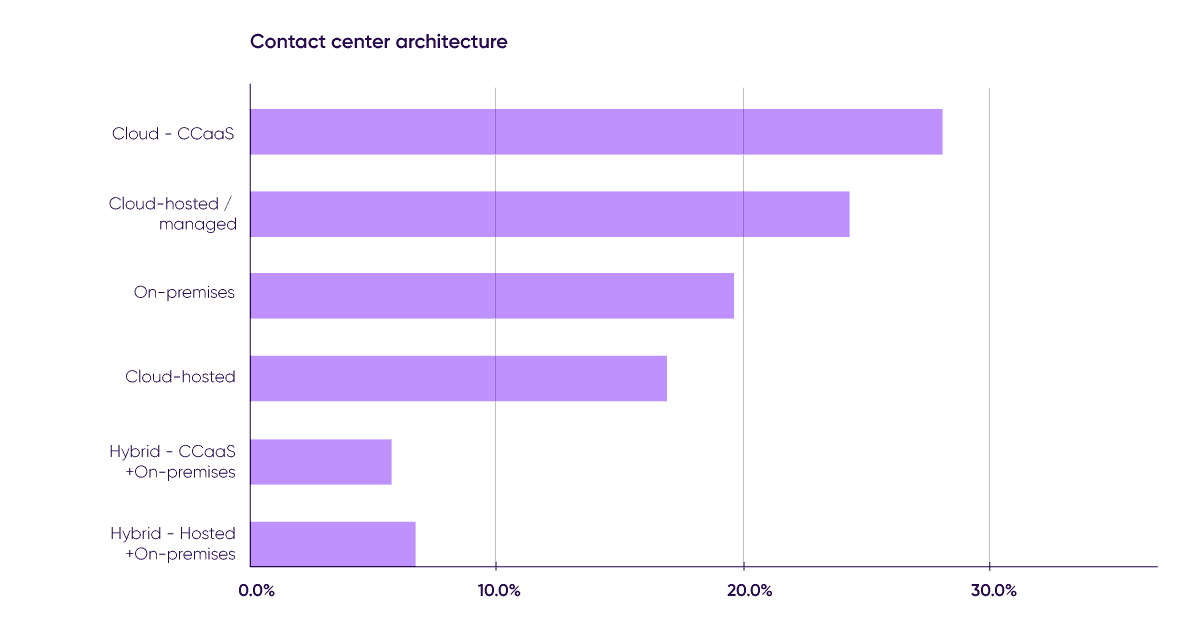7 signs you are stuck in customer experience survival mode

By Kevin McNulty
0 min read

Find your way back to best practices.
Over the past year, most customer-obsessed organizations were forced to accelerate their digital transformation efforts to meet the demands of the global pandemic. For some, that meant face-to-face interactions had to be replaced by completely new digital engagements. And for those already participating in the digital economy, they had to rapidly implement work-from-home (WFH) infrastructure to manage the deluge of incoming requests when agents could no longer come to the physical workplace.
Once the initial shock subsided, however, many companies have been pleasantly surprised by how quickly they are accruing benefits from their cloud contact centers and customer experience (CX) applications. Even organizations that adopted substandard technology have experienced improved employee productivity, higher customer satisfaction (CSAT) scores and lower operating costs. But to turn these initial gains into sustainable, long-term benefits and a competitive advantage, companies are going to have to move past survival mode and start to adopt CX best practices and technology.
Metrigy, an innovative research firm focusing on CX, contact centers and unified communications (UC), recently published survey data collected from 700 companies between August to October 2020 to understand how these companies are thinking about operating their CX teams and systems in a post-COVID world.
Based on data from Metrigy’s research, here are seven signs that your organization may still be stuck in CX survival mode and not acting strategically.
1. You do not plan on having a WFH policy for your agents after the pandemic.
According to Metrigy, less than 10 percent (7.6%) of respondents have decided not to continue with any WFH policy once the pandemic has ended, and more than a third (35.6%) are still evaluating. The majority of respondents (56.8%) are seeking to leverage the significant advantages of a WFH model, particularly the ability to close talent gaps and hire agents from any geographic location.

2. You continue to lean on legacy on-premises contact center platforms.
Organizations building a 21st century CX are more likely to leverage cloud contact centers with services managed by a third party—whether a cloud contact center as a service (CCaaS) (27.8%) or a single-service, cloud-hosted center managed by a third party (24.1%). While it’s not always feasible to move all your operations into the cloud all at once, the pandemic has highlighted the need for platforms that can scale up and down the organization, easily add capabilities and provision remote users. Almost one in five (19.4%) respondents to the Metrigy survey still depend entirely upon on-premises contact centers.
3. You do not have a comprehensive security strategy.
Security is a key function for IT, and even more so now, with the prevalence of WFH models. More than half of organizations (54.2%) that responded to the Metrigy survey state they have a comprehensive security strategy for the contact center in place today, and another fifth (21.4%) are developing one in 2021. Most comprehensive security strategies include conducting regular audits, evaluating provider security certifications, running patch applications, using SIP-aware firewalls and conducting penetration testing.
4. You have no plans to integrate your UC system with your contact center.

Strategic organizations want to ensure that their contact center agents have access to the same set of UC applications as the remainder of the business. This includes collaboration workspaces, meeting capabilities and screen sharing. Enabling agents and other employees to collaborate on key customer accounts and projects breaks down traditional silos that keep vital data and information locked within teams.
5. You have a limited workforce optimization strategy.
Workforce optimization (WFO) in the contact center comprises multiple capabilities, including quality management, workforce management, speech analytics, performance management and call recording. These capabilities are increasingly important as organizations seek to make many of their WFH policies permanent. According to Metrigy, almost 60 percent (59.7%) of all respondents report using WFO.
6. You are not planning on using artificial intelligence (AI) for CX initiatives.

More than 70% (71.6%) of participants in Metrigy’s research indicate they plan on using AI in their customer experience initiatives—this is up from less than half (44.6%) of respondents in 2018. AI has been vital since the pandemic started, not only helping agents manage customer interactions, but also helping customers reach resolution without needing a live agent.
7. You rely on outdated analytics and business success metrics.
As the contact center evolves to become the digital front door and a source of revenue for many organizations, it’s key to have the analytic capabilities to go past the traditional contact center key performance indicators (KPIs). Future-looking companies are now attaching sales and marketing metrics to their contact centers, which will require deep integrations with customer relationship management (CRM) and marketing automation systems, as well as the ability to unify that data for analysis.
Every company—whether they were operating in the cloud before the pandemic struck, or were working with fully on-premises CX applications—had to make quick, tactical decisions to manage the scale and pace of change. The speed of our modern economy can make it difficult to take the time for strategic decisions, but organizations that adopt the right CX technologies and processes now will be able to deliver business agility, speed and customer excellence well into the 21st century.
To learn more about the Metrigy research and find out how customer-obsessed organizations are preparing their CX initiatives for the future, join myself and Robin Gareiss from Metrigy Research in our webinar: Setting Your CX Resolutions: Budget & Operation Trends for the New Year.
Graphs courtesy of Metrigy.







